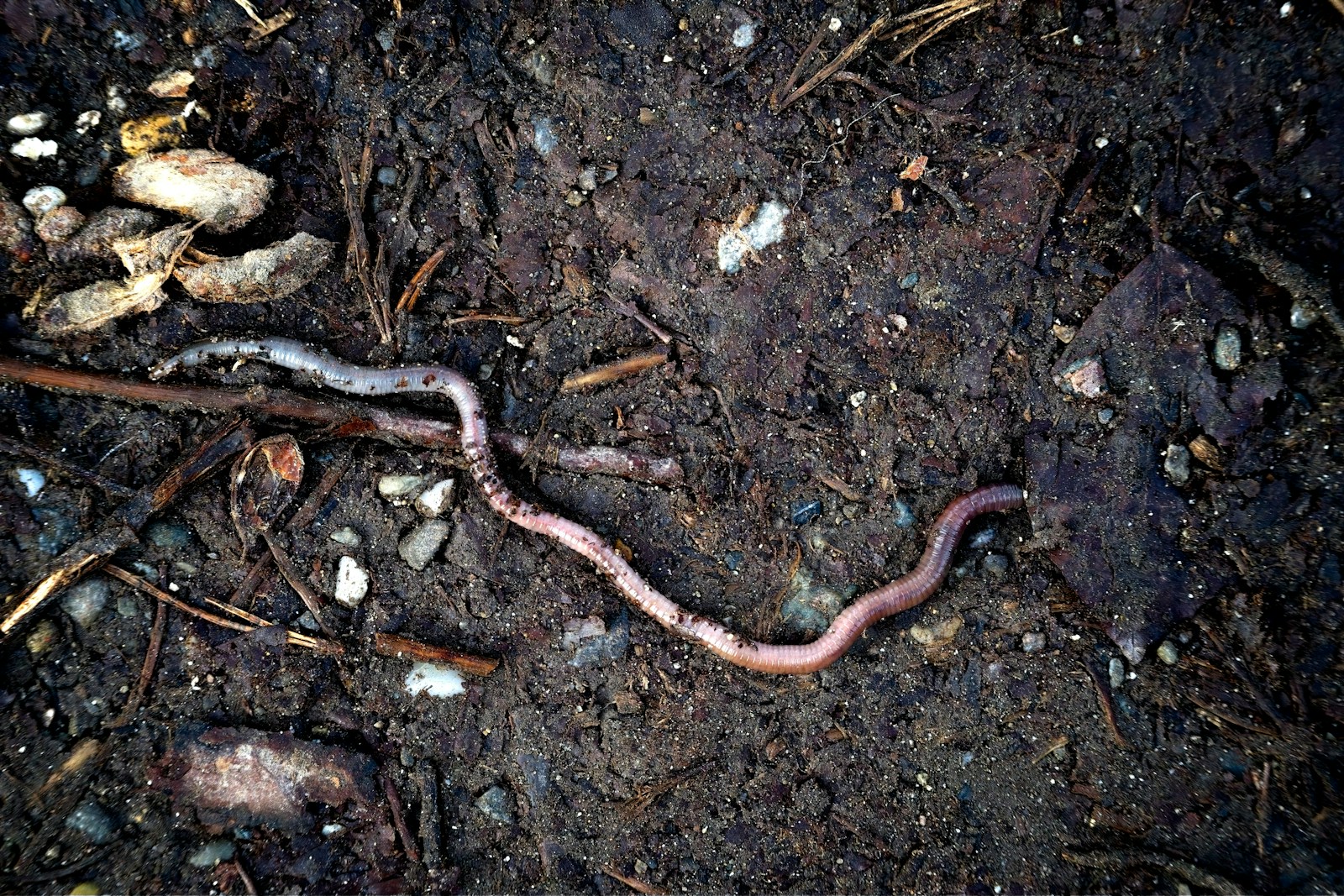Juan Cervantes
-
The origins and rivalry of woodblock printing and the printing press
By
The development of printing technologies has played a crucial role in the dissemination of knowledge and culture throughout history. Two of the most significant advancements in this field are woodblock printing and the printing press. Woodblock printing, also known as block printing, originated in China during the Tang Dynasty (618–907 AD). The technique involves carving…
-

Frequency illusion and cognitive perception
By
in BiologyIn an era of information overload, human perception is shaped by cognitive biases that filter and prioritize stimuli. One such cognitive bias is the frequency illusion, also known as the Baader-Meinhof phenomenon, which occurs when newly learned information seems to appear repeatedly in a short period. While this experience may seem like an increase in…
-

Oblique wing aircraft
By
The oblique wing aircraft, also known as pivot wing or slewed wing aircraft, represents a radical departure from conventional aircraft design, offering the potential for significant improvements in aerodynamic efficiency, fuel economy, and performance across a wide range of speeds. Unlike traditional fixed-wing or swept-wing designs, the oblique wing features a single wing that pivots…
-

Refresh rates of display screens
By
The refresh rate of a display, measured in hertz (Hz), refers to the number of times the screen refreshes its image per second. For instance, a display with a 60 Hz refresh rate updates the screen 60 times every second. While this may seem like a minor technical detail, the refresh rate plays a crucial…
-

Advancement in human augmentation
By
Human augmentation represents a significant leap forward in the convergence of biotechnology, cybernetics, and artificial intelligence, among other fields. The goal is to enhance human physical and cognitive abilities far beyond their natural limits. This convergence has already started to blur the boundaries between human and machine, creating profound implications that warrant thorough investigation. Biotechnology…
-

Discoveries about the Earth in 2024
By
In 2024, Earth sciences have unveiled remarkable insights into our planet’s intricate systems. 1. The Enigma of Dark Oxygen Researchers have identified a phenomenon termed “dark oxygen,” referring to oxygen molecules that evade traditional detection methods. This discovery challenges existing models of atmospheric chemistry and suggests that our understanding of oxygen’s role in various environmental…
-

Evolution of the eight-hour sleep
The sleep habits of historical figures in science offer a fascinating glimpse into the variability of sleep needs and patterns. Albert Einstein and Nikola Tesla are two prominent physicists whose approaches to sleep differed significantly, reflecting their unique personalities and work habits. Albert Einstein is often cited as a proponent of extended sleep. Biographical accounts…
-

Hermaphroditism in nature
Hermaphroditism in nature is a fascinating reproductive strategy where an organism possesses both male and female reproductive organs, allowing it to produce both sperm and eggs. This phenomenon is observed across a diverse range of species, including plants, invertebrates, and some vertebrates. Hermaphroditism can be advantageous in environments where mates are scarce, enabling individuals to…
-

Why flooding hits Spain?
By
Flooding has been a significant part of Spain’s historical and modern landscape, shaped by its geography and climate patterns. The earliest known records of flooding in Spain date back centuries. Ancient texts and local chronicles frequently mention episodes where rivers such as the Guadalquivir and the Ebro overflowed, impacting settlements and agricultural land. During the…
